Oaths, Vows and Promises in the first Part of the French Prose Lancelot Romance
Extraits

Non classé
Oaths, Vows and Promises in the first Part of the French Prose Lancelot Romance
02/1993
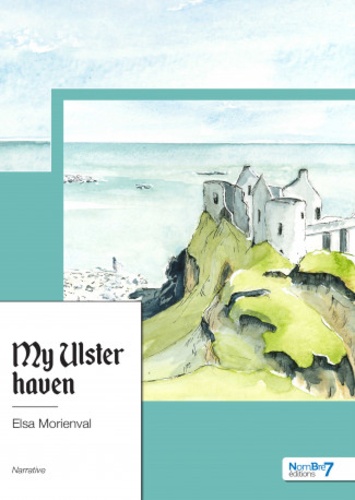
Littérature française
My Ulster haven
02/2022

Littérature française
Les inventeurs. Essai
02/2017
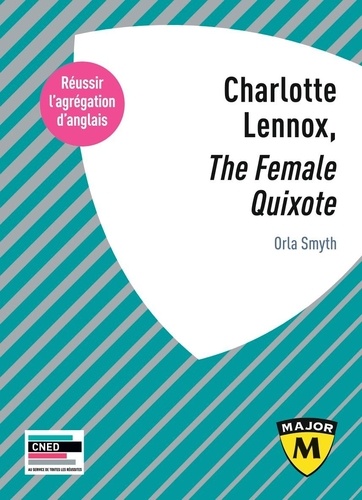
Divers
Charlotte Lennox, "The Female Quixote". Agrégation d'anglais, Edition 2024-2025
11/2023

Littérature française
La jangada. .
06/1981
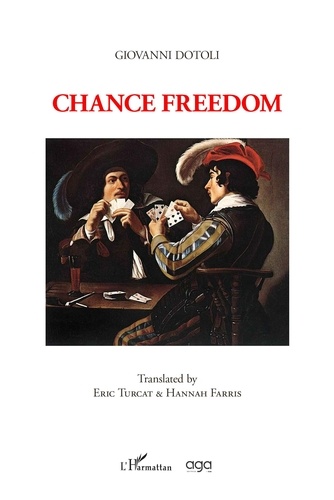
Littérature française
Chance freedom. Translated by Eric Turcat & Hannah Farris
03/2023

Religion jeunesse
The beautiful dolls of Julia are getting married. Numéro 22
10/2018

Religion jeunesse
The beautiful dolls of Julia are celebrating the assumption of the blessed virgin Mary. Numéro 15
05/2019
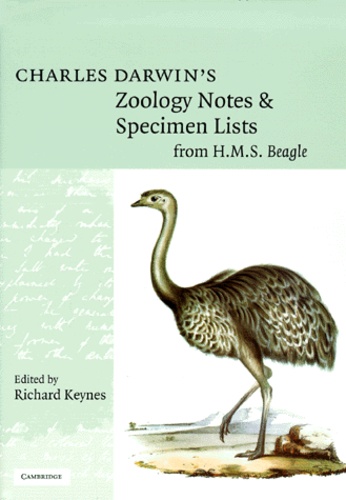
Histoire et Philosophiesophie
Charles Darwin's Zoology Notes & Specimen Lists from H.M.S. Beagle
01/2000
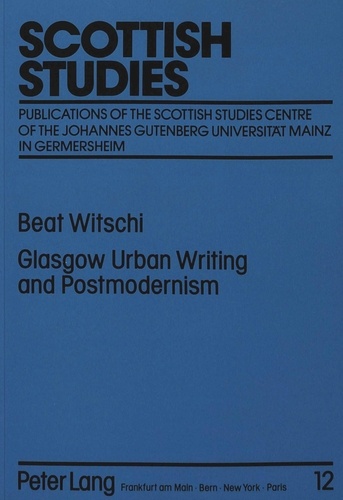
Religion
Glasgow Urban Writing and Postmodernism
04/1991
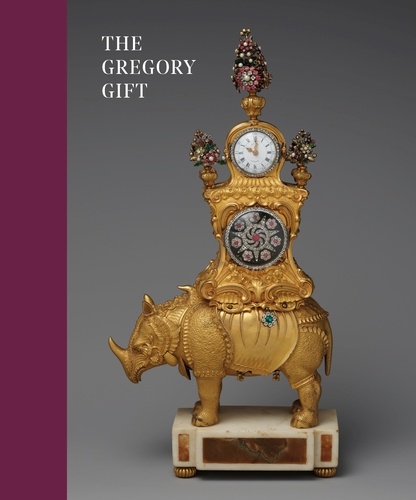
Monographies
The Gregory Gift
02/2023

Non classé
Métissage in New France and Canada 1508 to 1886
08/2009
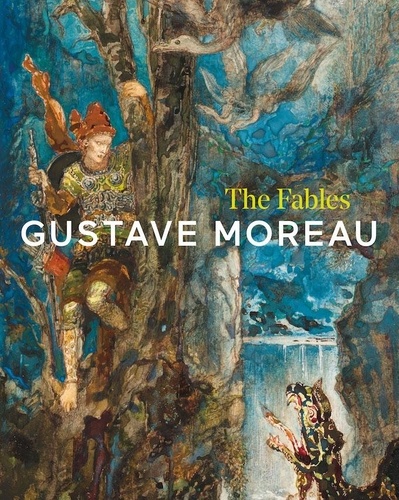
Monographies
Gustave Moreau. The Fables
08/2021

Policiers
Goebius' Strange Model
01/2020
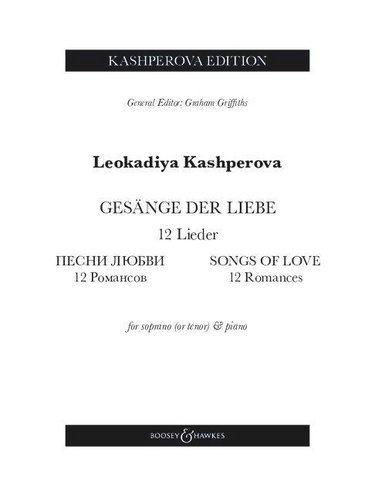
Musique classique
Songs of Love. 12 Romances. 12 Lieder. Soprano (tenor) and piano.
12/2023
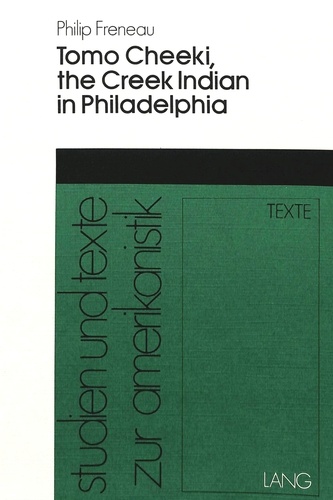
Non classé
Philip Freneau- Tomo Cheeki, the Creek Indian in Philadelphia
12/1987
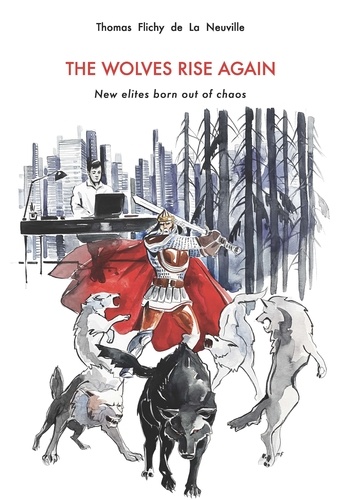
Ethnologie et anthropologie
The Wolves Rise Again. New elites born out of chaos
06/2022
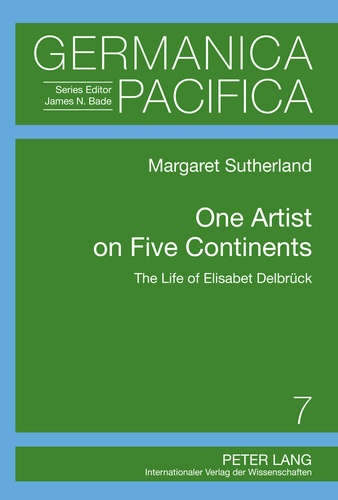
Histoire internationale
One Artist on Five Continents
12/2011

BD tout public
I am GooGol - The Great Invasion
12/2010
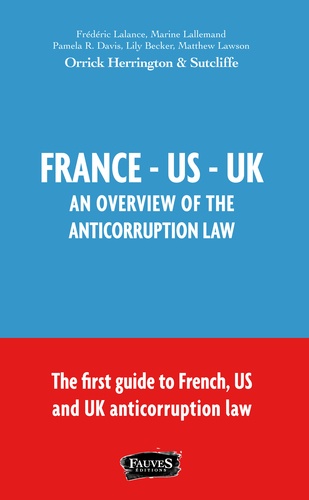
Littérature française
France US UK
06/2017
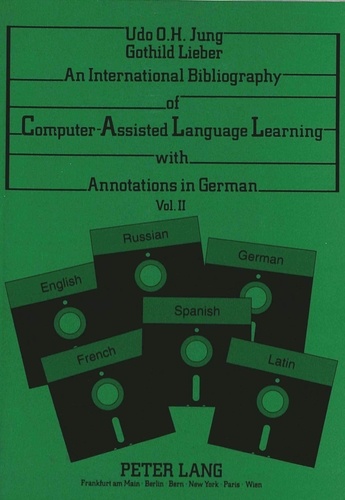
Sciences politiques
An International Bibliography of Computer-Assisted Language Learning with Annotations in German
09/1993

Non classé
The Concept of Man in Igbo Myths
11/1999
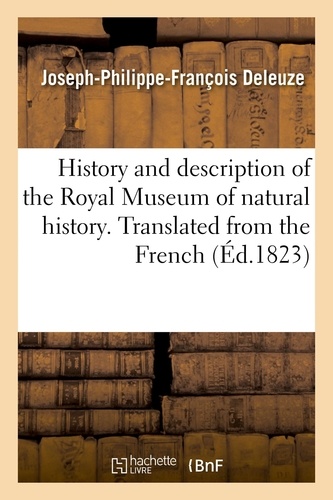
Sciences de la vie
History and description of the Royal Museum of natural history. Translated from the French
03/2021
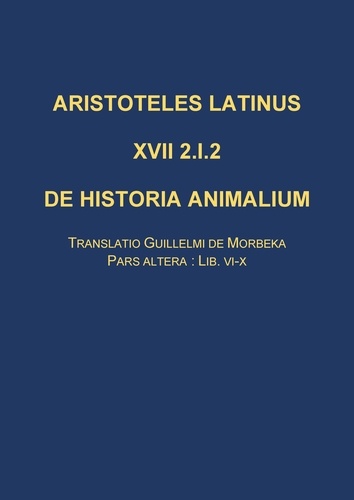
Aristote
De historia animalium. Translatio Guillelmi de Morbeka, Pars altera: lib. VI-X. Edition bilingue anglais-latin
05/2021

Roman d'amour, roman sentiment
Don’t leave me
07/2022

Histoire de France
CRASH IN BAYEUX - The Last Flight of Sergeant Ferguson
09/2014

Documentaires jeunesse
Quentin Blake and the Demoiselles des Bords de Seine
12/2005

Shojo/fille
The Vampire and the Rose T05
10/2022
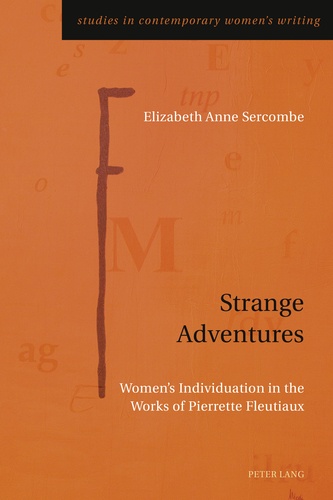
Histoire internationale
Strange Adventures
03/2016
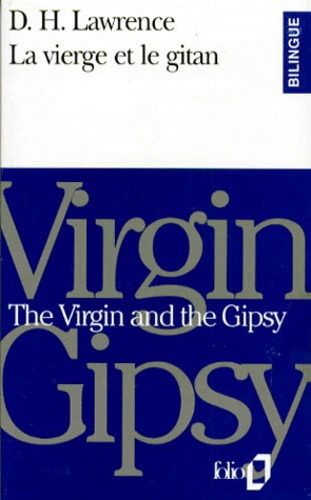
Anglais apprentissage
LA VIERGE ET LE GITAN : THE VIRGIN AND THE GIPSY
02/1993
